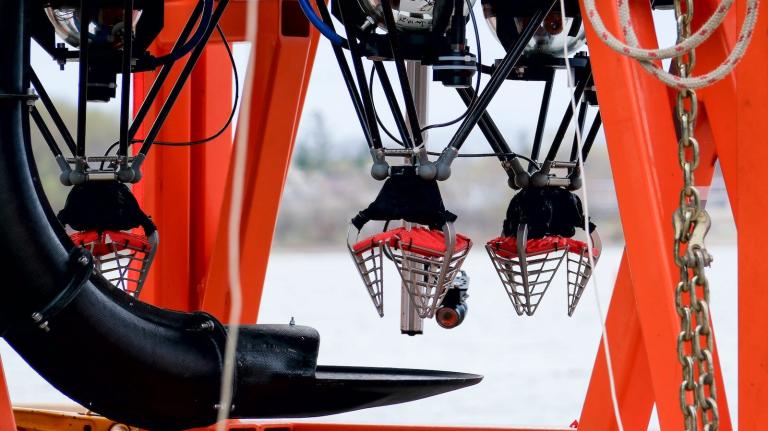Amazonian Fires May Screw Up Entire South American Climate
Massive fires in Amazonian forests, set by impoverished local residents trying to create revenue-generating pastures and cropland, have the potential to disrupt the climate and generate fierce storms across South America, says research published in today’s issue of the journal Science. The fires send particles into clouds, which attract water molecules and prevent them from joining together into raindrops. This could extend dry spells and reduce clouds’ ability to shade the earth from solar radiation, increasing global warming. And here’s the cruel irony, say researchers: As the droplet-encrusted particles rise, they freeze, falling and rising again repeatedly until they become big chunks of hail; thus, when storms do come, they can come in the form of massive, fierce hailstorms that have the potential to flatten crops and villages. Though tentative — like all science relating to enormously complex meteorological issues — the results present a strong de facto case linking forest loss and climate change.


